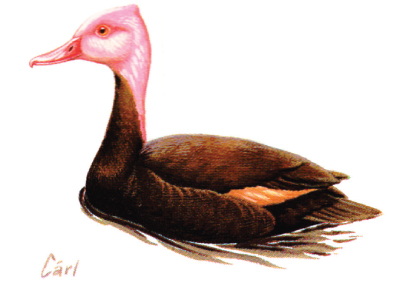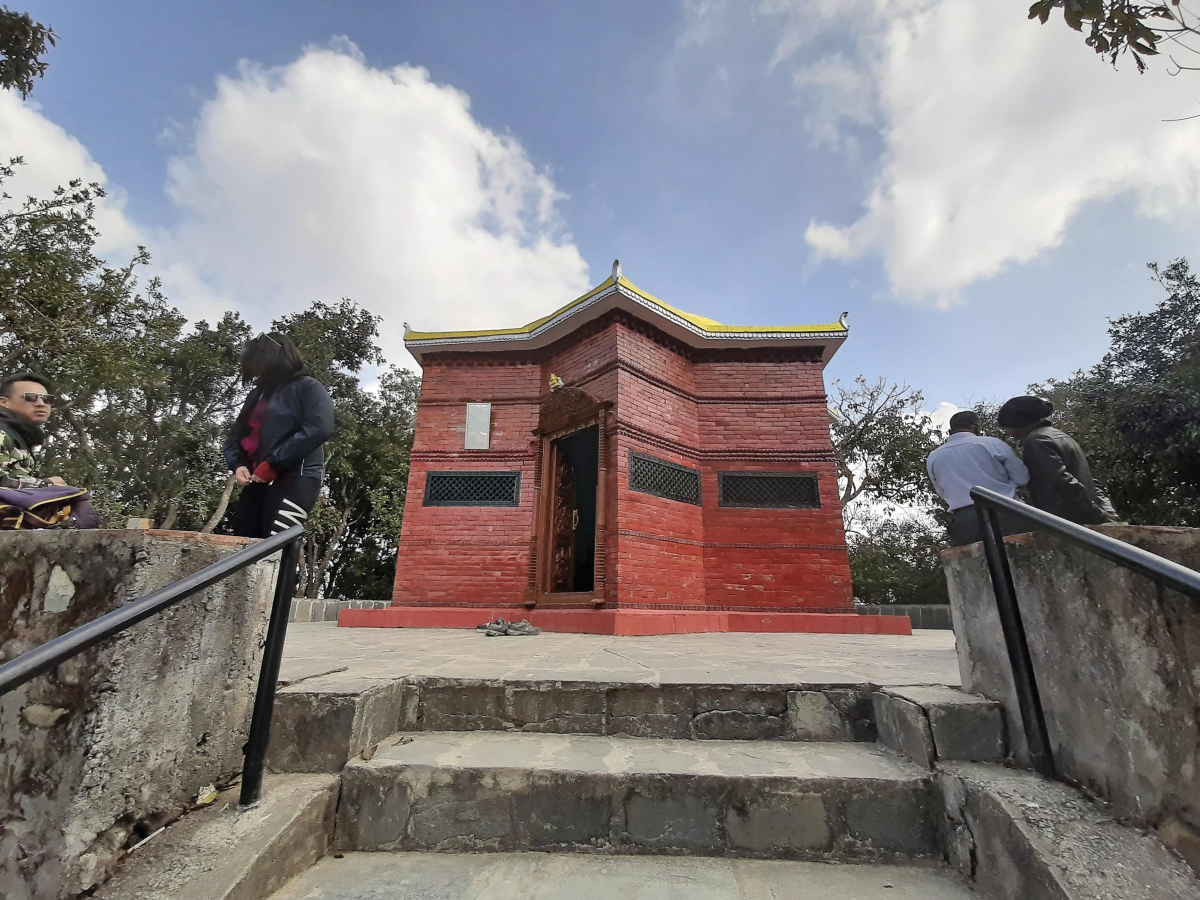There are many genres of books. One, for example, is the adventure story, widely acceptable. Another, somewhat more pedestrian, is the bird book, quite acceptable if you are an avid birder. I like adventure stories and I am a bird-watcher, so I read both. And when someone combines adventure with birding in one book, I take special notice. It usually means double the fun, and occasionallydouble the trouble.
 Consider‘The Search for the Pink-Headed Duck: A Journey into the Himalayas and Down the Brahmaputra’by Rory Nugent (1991). Among adventurebooks, this one fits a broad genre called ‘creative non-fiction’ (CNF), a type of nonfiction that creatively employs fictional elements such as dialogue and dramatic tension, with special attention to rhythm and detail, to varying degrees. Other CNF books by Rory Nugent include ‘Drums Along the Congo: On the Trail of Mokele-Mbembe, The Last Living Dinosaur’ (1993) and ‘Down at the Docks’ (2009), about the old fishing port and manufacturing center of New Bedford, Massachusetts. Or, for an example closer to home (the Himalayas), consider Jon Krakauer’s ‘Into Thin Air: A Personal Account of the Mount Everest Disaster’, describing what went on up there during the Spring1996 climbing season.
Consider‘The Search for the Pink-Headed Duck: A Journey into the Himalayas and Down the Brahmaputra’by Rory Nugent (1991). Among adventurebooks, this one fits a broad genre called ‘creative non-fiction’ (CNF), a type of nonfiction that creatively employs fictional elements such as dialogue and dramatic tension, with special attention to rhythm and detail, to varying degrees. Other CNF books by Rory Nugent include ‘Drums Along the Congo: On the Trail of Mokele-Mbembe, The Last Living Dinosaur’ (1993) and ‘Down at the Docks’ (2009), about the old fishing port and manufacturing center of New Bedford, Massachusetts. Or, for an example closer to home (the Himalayas), consider Jon Krakauer’s ‘Into Thin Air: A Personal Account of the Mount Everest Disaster’, describing what went on up there during the Spring1996 climbing season.
For Rory Nugent, thepink-headed duck adventure startedby perusing bird books on South Asia and the Himalayasin search of a cause. Some books informed him that this particular duck was last sighted in 1935 in Bihar, just across Nepal’s southern border. And some warned him (and you, too, if you want to go find it) not to confuse it with the Red-Crested Pochard or the Whistling Teal with which it shares some characteristics. They also tell us that it ranged from Assam through Manipur, Bengal, Bihar and Orissa, and in Nepal’s lowland Terai. In India it is (was) called ‘Gulab sir’ and in Nepal, ‘Dumar’.
There is a recording of its call (male: “a wheezy whistle”; female: “a low quack”), very few pictures of it (the one here is by Carl D’Silva in Salim Ali’s ‘Book of Indian Birds’), and a few museum specimens (the oldest from 1825in the Paris Museum).
All of this detail was challenge enough for Rory Nugent to mount an expedition to go looking for it. Along the way, he searched Calcutta’s foul-smelling fowl bazaar, where it was last seen prior to extinction. He also spent many weeks in and out of bureaucrats’offices in New Delhi trying to get special permission to float down the Brahmaputra to fulfill his quest. Along the way, he sneakedthrough Sikkim and came very close to crossingillegally into Tibet. And he became entangled in the aborted Gurkhaland movement in West Bengal (Darjeeling), including eye-witness to an armed attack against the state police. He got out of that nefarious escapade by stealth, in the dark of night.
Of the duck, he concluded, “They’re not extinct, just hard to find...” And when asked near the end of the book if he ever saw the pink-headed duck, he replied slyly, “Sure! We’ve seen it. We just didn’t notice it.” And to another who asked, he evaded the truth with a noncommittal “Maybe.” But he sure had a good time trying.
Was his book worthwhile reading? Maybe..., if you like a rollicking adventure story about a cross-country, up-the-mountain, down-the-river, in-and-out-of-the-law chase after an obscure member of the ANATIDAE, the scientific name for the biological family that includes ducks, geese and swans. ‘The Search for the Pink-Headed Duck’ is indisputably a book of creative non-fiction, heavily endowed with the author’s ingenuity and skill as a wordsmith. In short, Rory Nugent tells a good story.
The author is a contributing editor to ECS Nepal magazine, a bird-watcher and a reader of adventure stories. He may be contacted at don.editor@gmail.com.










